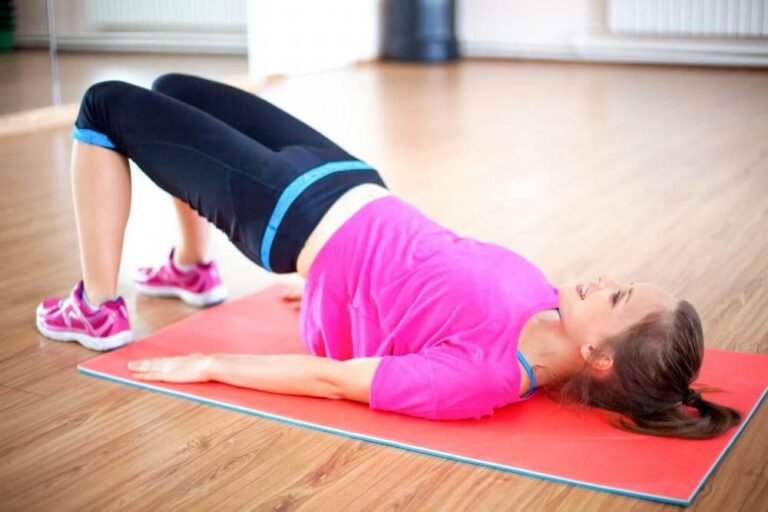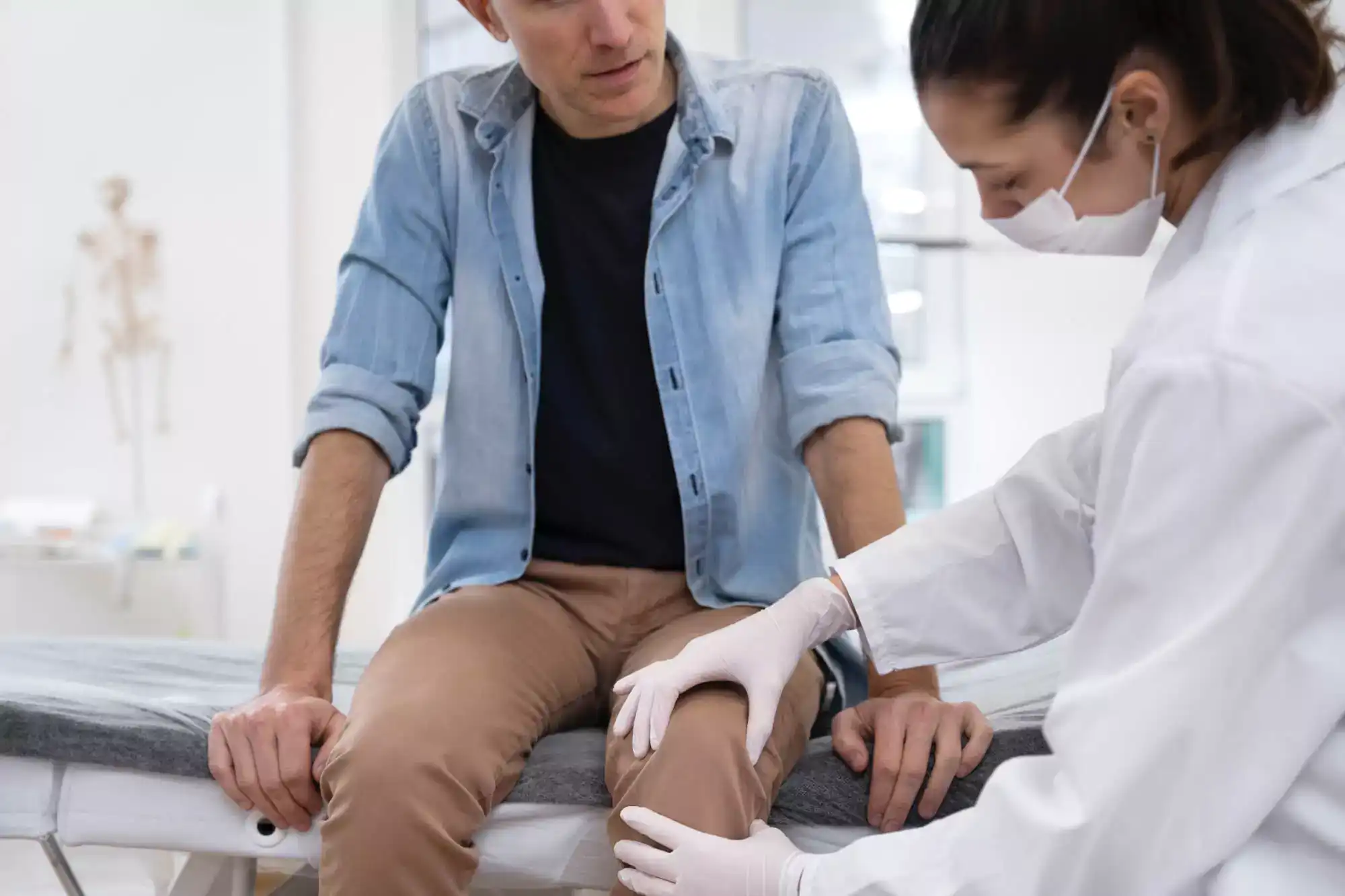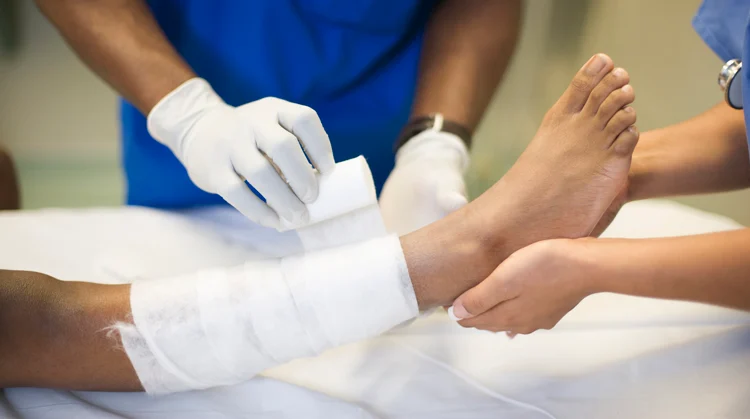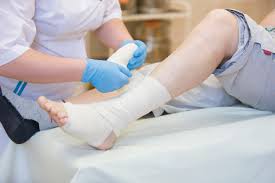Pelvic Floor Physical Therapy provides a specialized pathway to regain control over your body and reclaim comfort in everyday activities. Millions of adults experience pelvic floor dysfunction, which can manifest as bladder leaks, pelvic pain, or discomfort during intimacy. By focusing on the muscles that support the bladder, uterus, and rectum, experts deliver a natural healing approach tailored to each individual’s needs. Whether you’re navigating postpartum recovery, struggling with chronic back pain, or aiming to enhance sexual wellness, this therapy offers a proven, non-invasive solution that addresses underlying causes rather than merely masking symptoms.
What Is the Pelvic Floor?
Beneath the hips lies a hammock of muscles, ligaments, and connective tissue known as the pelvic floor. These muscles cradle organs such as the bladder, uterus (in people assigned female at birth), and rectum. When functioning optimally, the pelvic floor enables urinary and fecal continence, supports core stability, and plays a vital role in sexual sensation. Weakness, tightness, or poor coordination in these muscles disrupts normal function, leading to incontinence, pelvic pain, and reduced quality of life. Understanding this intricate anatomy is the first step toward restoring balance and strength through Pelvic Floor Physical Therapy.
Common Signs You Might Need Therapy
- Urinary or Bowel Leakage. Small leaks during coughing, laughing, or exercise are not “normal.” They often point to weakened support muscles.
- Pain During Intimacy. Discomfort or pain during sexual activity can signal muscle tightness or trigger points within the pelvic floor.
- Lower-Back or Pelvic Discomfort. Persistent aches in the lumbar region may stem from an unsupported core, placing extra strain on your back.
- Postpartum Recovery Challenges. After childbirth, the pelvic floor endures significant stretching and stress. Difficulties regaining muscle control or experiencing pain warrant professional assessment.
The Assessment Process
A thorough evaluation forms the foundation of any successful Pelvic Floor Physical Therapy plan.
External Evaluation: Your therapist begins by observing posture and movement patterns. They assess muscle tone in the abdomen, hips, and buttocks, noting areas of weakness or overactivity. Functional tests—such as squats or bridges—reveal how the pelvic floor coordinates with surrounding muscles.
Internal Evaluation: With consent and complete respect for your comfort, the therapist conducts a gentle internal exam. This allows direct assessment of muscle strength, coordination, and resting tone. You’ll learn to contract and relax specific fibers while the therapist gauges progress. Throughout this process, clear communication ensures you feel informed and safe.
Personalized Treatment Techniques
Once assessment goals are established, your therapist crafts a custom program combining manual interventions, biofeedback, and targeted exercises.
Manual Therapy: Hands-on techniques such as myofascial release and trigger-point work help release tight bands within the pelvic floor. These gentle stretches and pressure applications improve tissue mobility and reduce discomfort.
Biofeedback & Electrical Stimulation: Incorporating biofeedback devices, therapists teach you to visualize and control muscle activation. Sensors placed on or within the pelvic area translate muscle contractions into visual cues. In some cases, low-level electrical stimulation prompts muscle engagement, accelerating strength gains.
Therapeutic Exercises: Central to every plan are exercises designed to rebuild endurance and coordination:
- Kegel Training. Moving beyond quick squeezes, you learn proper form—isolating pelvic floor fibers without recruiting hip or glute muscles.
- Functional Movements. Integrating pelvic control into real-life patterns such as lifting, bending, or walking ensures lasting improvements in daily tasks.
At-Home Exercises & Habits
Daily consistency cements long-term progress. Your therapist provides a simple routine you can perform at home:
- Pelvic Floor Activations: 3 sets of 10 slow, controlled squeezes, holding each for 5 seconds.
- Quick Contractions: 5 sets of 5 rapid squeezes to train reflexive control during sneezes or coughs.
- Diaphragmatic Breathing: Lie on your back, place one hand on your abdomen, and inhale deeply—feeling the belly rise. As you exhale, gently draw the pelvic floor upward. Repeat for 5 minutes daily.
- Posture Check-Ins: Set hourly reminders to sit tall, with shoulders back and weight evenly distributed. Proper alignment reduces undue pressure on pelvic tissues.
Benefits You’ll Notice
Patients often report a cascade of positive changes within weeks of beginning Pelvic Floor Physical Therapy:
- Improved Bladder and Bowel Control. Fewer leaks and stronger urgency control allow confident participation in social and athletic activities.
- Enhanced Sexual Function. Many experience heightened sensation and more satisfying intimacy as muscle coordination improves.
- Reduced Back and Pelvic Pain. By supporting the core, the pelvic floor alleviates stress on the lumbar spine and pelvic joints.
Choosing the Right Therapist
Selecting a qualified specialist ensures safe, effective treatment:
- Credentials to Look For. Seek a licensed physical therapist with pelvic health certification (e.g., APTA Pelvic Health Clinical Specialist).
- Questions to Ask. Inquire about their experience with internal assessments, patient comfort protocols, and success rates. A good therapist welcomes questions and explains each step in detail.
- Insurance and Referrals. Confirm coverage for pelvic health services and obtain referrals if required. Many clinics offer self-referral options for faster access.
Takeaway
Pelvic Floor Physical Therapy offers a comprehensive, evidence-based route to lasting comfort and control. By combining expert assessment, personalized interventions, and consistent at-home practice, you can overcome incontinence, reduce pain, and enhance quality of life. Ready to experience the transformation? Schedule your initial evaluation today or download our free pelvic health guide to begin your journey toward renewed strength and confidence.











